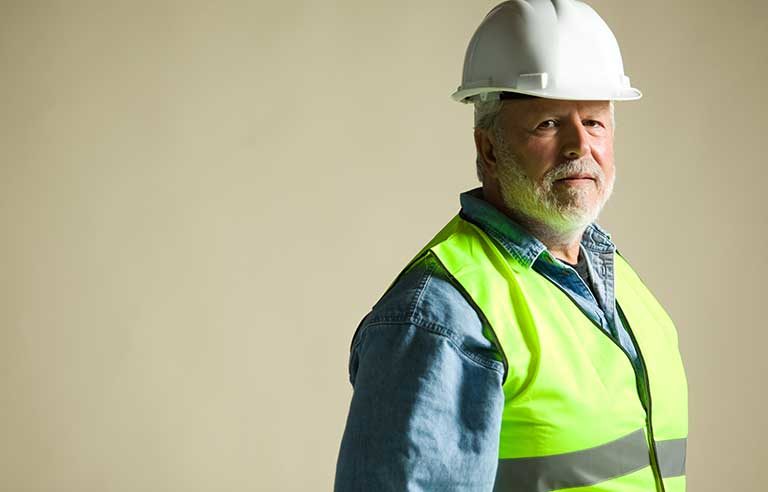‘Five active generations’: Total Worker Health webinar explores the future of work

Washington — L. Casey Chosewood pointed out the obvious reality every worker faces. “All of us are aging,” the director of the Office for Total Worker Health at NIOSH said during the agency’s June 10 webinar on the future of work and the implications for aging workers. “So this topic is germane to all of us, whether you’re age 25 or age 75. There are five active generations in today’s workforce.”
Chosewood said that although the future of work involves many new jobs, “we’re going to keep a lot of the jobs we have today” – but all jobs will undergo change. As work evolves, providing older workers the skills they will need to adjust and interventions to positively impact health are paramount. The Bureau of Labor Statistics projects that, by 2024, people 55 and older will make up 24.8% of the nation’s workforce.
“How we adapt, design, redesign and create jobs is important,” Chosewood said. “How do we design work – both today’s work and work to come in the future – with comprehensive health outcomes in mind?”
New job designs that protect and improve health aren’t without concern, however.
One example is long-haul truck drivers operating semiautonomous vehicles to reduce the effects of stress and its potentially chronic impact on health. “The future of work is going to require debate about the future of such health interventions and certain negative aspects of new work like job loss and job displacement,” Chosewood said.
Along with stress, organizations should be mindful of issues such as substance misuse and industries with high injury risk, including construction, agriculture, mining and health care.
“I believe that worker protection and prevention efforts along the way not only are beneficial to workers later in life, but those interventions really help workers at all ages,” Chosewood said. “If you talk about intervening for an older or aging workforce, you’re actually doing things to help every single worker. Organizations that navigate this intersection well, and do it successfully, are those that are going to take a comprehensive, integrated approach at Total Worker Health strategies.”
Post a comment to this article
Safety+Health welcomes comments that promote respectful dialogue. Please stay on topic. Comments that contain personal attacks, profanity or abusive language – or those aggressively promoting products or services – will be removed. We reserve the right to determine which comments violate our comment policy. (Anonymous comments are welcome; merely skip the “name” field in the comment box. An email address is required but will not be included with your comment.)

